





| Winter Wren (Troglodytes troglodytes (Linnaeus, 1758)) |






|
|
Scientific name: Troglodytes troglodytes (Linnaeus, 1758) Common name: Winter Wren Other names: Other possible classification: Nannus troglodytes (family : Certhiidae) French name: Troglodyte mignon Order: Passeriformes Family: Troglodytidae Size: 9 to 10 cm, 8 to 13g. Habitat: Woodlands, bushes, parks and gardens. Food: Insects and spiders. Sometimes some tadpoles, some young frogs or some seeds. Nesting: The male builds 3 or 4 nests with moss and twigs. The female choose one where it lays 4 to 7 eggs. There can be two broods from April to July. Migration: Sedentary, northern populations move southwards in winter. Geographic area: Europe, North Africa, Asia from North of Iran to Japan, North America. |
The Winter Wren is a very small passerine bird characterized by its short tail held erect. The body is round. It is a brown and grey colour. Though often hidden under low-growing dense vegetation, you can detect its presence by hearing its powerful and ear-piercing songs. Nests are ball-shaped and the entrance is on the side. Females help males to line the chosen nest with feathers and hairs. |
| [To know more about the Winter Wren] [Next picture] [Top] |
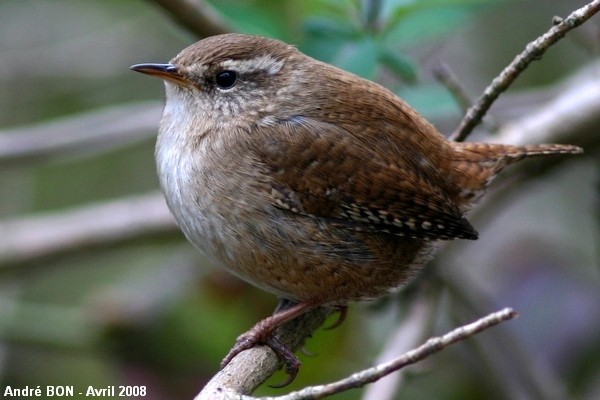
|
This Winter Wren has been very kind during the photo session. Unfortunately this scene was in the shadow. |
| [To know more about the Winter Wren] [Next picture] [Previous picture] [Top] |
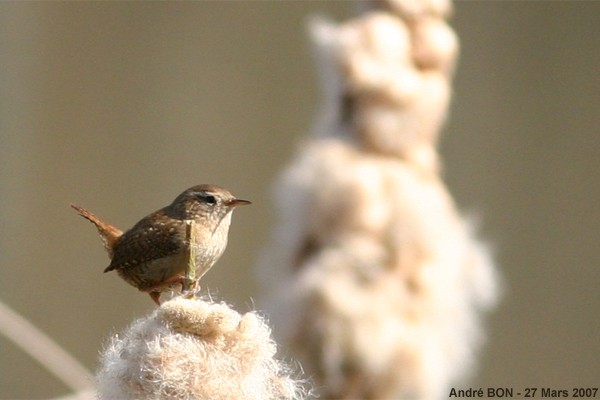
|
We were here to observe Great Crested Grebes when this Winter Wren came to sing very loudly in front of us. Winter Wrens are used to edging their way through the reedbeds, looking for larave and insects. |
| [To know more about the Winter Wren] [Next picture] [Previous picture] [Top] |

|
You first detect Winter Wrens by hearing their song. Approach is rather easy though they are often deeply hidden under the bushes. |
| [To know more about the Winter Wren] [Next picture] [Previous picture] [Top] |
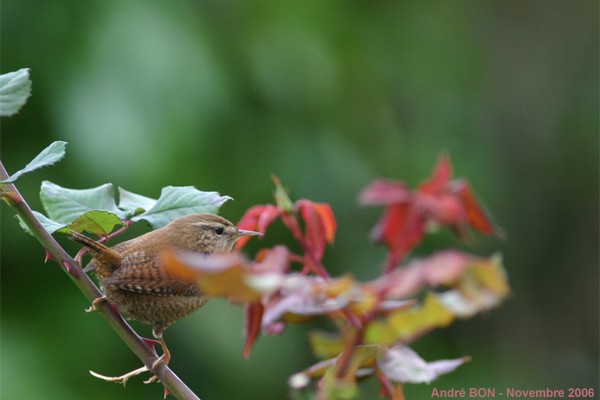
|
This Winter Wren came to methodically explore the rosebushes. It was looking for insects and spiders. I had enough time to go and fetch the camera and shoot some pictures through the window. |
| [To know more about the Winter Wren] [Next picture] [Previous picture] [Top] |
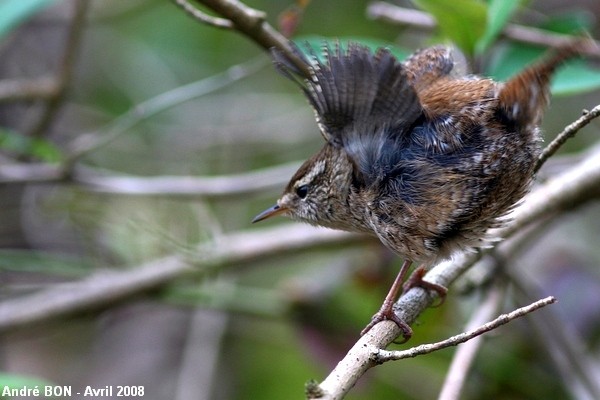
|
Did this Winter Wren shake its plumage in front of me in order to clean it? |
| [To know more about the Winter Wren] [Previous picture] [Top] |
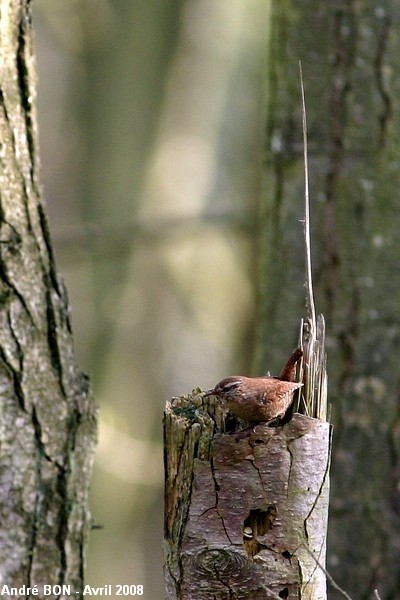
|
Winter Wrens closely inspect trunks and dead trees to find insects and spiders. |